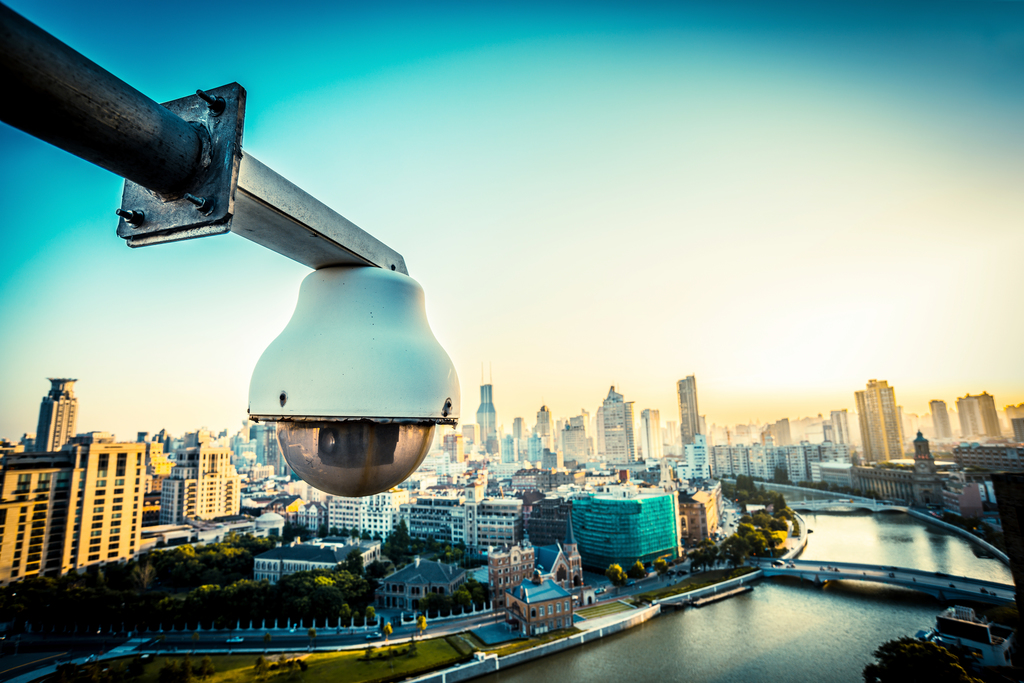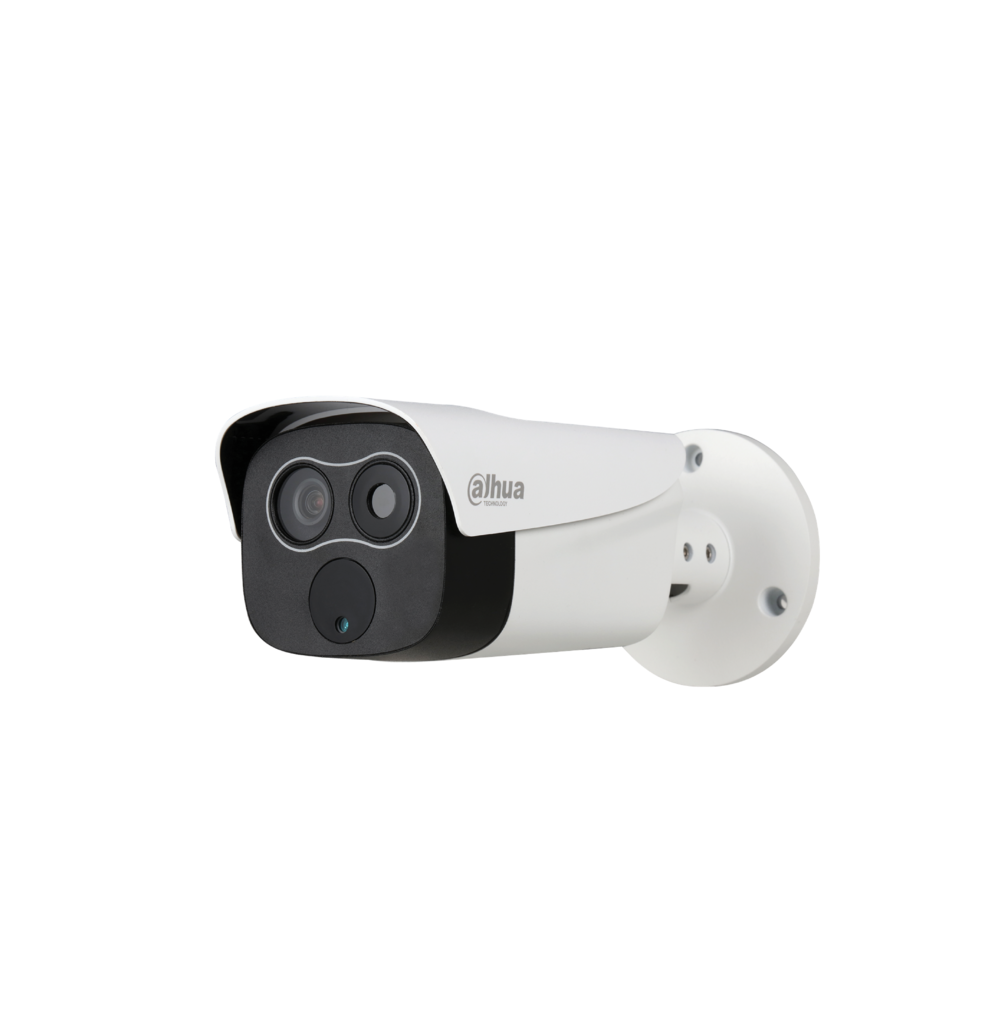
Brian Sims
Editor

Brian Sims
Editor
Electronic surveillance within education should not be seen as an unwanted expense, but as an opportunity to protect students, teachers and property. Ben Perkins looks at how to keep costs down and have a system that's fit for purpose.
IN THE past, electronic surveillance within education has often been viewed as a ‘grudge buy’, especially in smaller institutions. Something that you have to have. A necessary evil. As a result, many schools and universities have spent only what they have to, looking for the bare minimum, and in some instances even using CCTV kits meant for small retail or domestic use.
This is a mindset that has changed over recent years with many sites, particularly larger campuses, adopting proper security and surveillance practices. However, it does still prevail in many. Also, added to this, education funding has never been tighter, with some schools looking hard at how they’ll pay the bills, let alone cover the cost of what must seem like a luxury.
However, there is a flipside to this, with growing pressure to protect both students and staff from a myriad of dangers, including abuse, accidents and even – at the extreme end of the scale – arson.
As a result, this raises the question of how schools and universities can afford a system fit for purpose while keeping costs to a minimum. This is an area Dahua and the wider industry have been looking at, recognising the balancing act involved. There are a few things that can be done, which we cover here.
Infrastructure is often an overlooked cost in new and upgraded systems. As with all electronic equipment, the main components tend to be a known quantity. We have in mind an idea of how much a new TV or sound-bar will be, but how often do you factor in the specialist connectors or fibre optic cables to plug it all together? This is always the bit you grab at the last minute and pushes you well over your original budget. Now, imagine that expensive specialist cable isn’t two metres long, but 200 metres long. Also, that it has to run through ceiling ducts, between buildings and through playgrounds!
At a stroke your £400 camera has had £50 of cable and £150 of labour added to it. Multiply this by 30 cameras and all of a sudden you’re looking at the need to reduce camera numbers or look for other ways to cut costs.
To help alleviate this, the industry has now developed special adaptors, allowing newer technology cameras to use either older existing infrastructure, or to run over existing IP networks. Do you have a long distance to cover or need to go between buildings? Simple Wi-Fi point-to-point senders are now a lower cost, fast-fit alternative to groundworks and can also be used for your other network devices.
Camera coverage
Sites such as large schools and universities can cover a lot of ground, with some extending several acres. This can make the number of cameras needed to provide a usable view of all relevant areas unfeasible. To help address this, there have been three main developments.
High resolution
Traditional analogue cameras typically produced around 480 TV lines of picture quality, which was approximately comparable to VGA resolution. With the advent of IP and analogue replacement technologies, such as HD-CVI, camera image qualities have become exponentially better, with 12MP becoming a norm. This means a single camera can now monitor far larger areas than traditional cameras ever could. There are football stadiums in the UK that use this technology to watch several thousand people simultaneously using a single fixed camera providing the ability to zoom in digitally and recognise each individual.
Multi-lens cameras
A relatively new innovation, this is a single device, but with multiple cameras built in. These can operate in a couple of ways: by giving multiple camera feeds over a single connection, or having all of the images ‘stitched’ together giving full 180° or 360° fields of view.
This technology offers a number of cost-saving benefits. First, installing one camera rather than 3 or 4 in the same area saves significant installation time and infrastructure. Second, on a recording device these days you tend to pay for the number of recording channels, and many multi-lens devices will often only require 1 channel of recording. Third is the cost of the unit itself. Because it sometimes replaces the need for 4 or more cameras, a single camera doesn’t carry the cost a larger number of cameras otherwise would.
Thermal imaging
Although not a new technology, thermal imaging used to be something that was far outside the budget of a traditional CCTV system. Added to this is the physical size of the units; before now, it was relatively unheard of for this technology to be used outside military or petrochemical sites.
This is something that has changed in the past few years, with some thermal cameras now at a similar price to a traditional camera. Also, the size of a thermal imaging camera has reduced significantly, meaning it is also no bigger than a conventional system.
The benefit of this technology is coverage. A thermal camera can detect movement and pick out intruders over huge distances. At night, these cameras come into their own, watching fence lines and open spaces such as playing fields, with a single camera able to monitor several hundred metres. Now, for less than the cost of a PTZ, you can monitor entire playing fields, even in the pitch black.
Artificial Intelligence (AI)
One topic that has been in the news a lot recently is AI. This is an innovation that is still in its infancy, but the electronic security market is leading the way and AI is already in use. Adopted quickly by councils, police and used on larger systems, AI has many benefits and provides a fast return on investment.
AI embedded in CCTV can carry out multiple functions, from recognising individual faces, to monitoring flow, dwell times and even detecting behaviour patterns that helps identify potential problems before they happen. This becomes a huge step forward in larger systems that traditionally need human monitoring. The cost of two or more people monitoring a system 24/7 can easily run into six figures each year. Having a self-monitoring system that can not only do this itself, but across many different applications, such as watching out for known individuals, makes it significantly more efficient and able to monitor hundreds of cameras simultaneously.
This is a system that is now live and running in town centres, including in the city of Lincoln, demonstrating its ability to pay for itself in a matter of weeks.
Security within education establishments is a necessity, there’s no getting away from it. And security measures come in many different forms, which does not make the implementation and management of such systems easy. But there are now many options out there, options you may not have been aware of, and ones that could mean you can afford a better system than you may have first thought. So, if you’re looking to implement, upgrade or expand your security measures, make sure you look at all the options and speak to the companies such as Dahua, which are innovating in this area – not just the ones offering the cheapest equipment. Cutting corners in your CCTV system could turn out to be far more expensive than you first budgeted for.
Ben Perkins is head of marketing at Dahua. For more information, visit www.dahuasecurity.com



Queen Anne House
25-27 Broadway
MAIDENHEAD
SL6 1LY
UNITED KINGDOM
01628 673 667